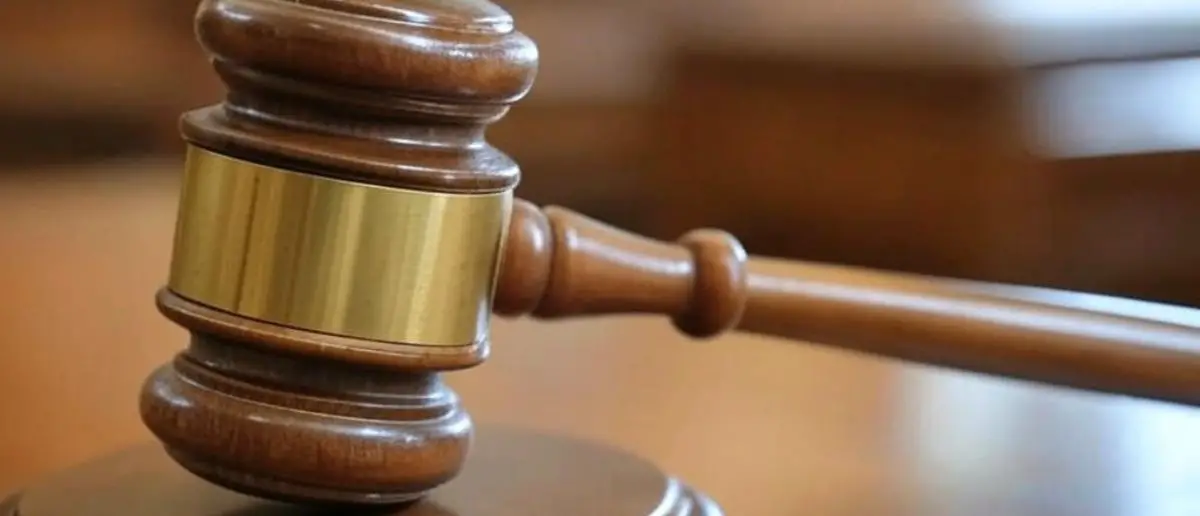
The president isn’t wasting any time. And now he’s been given a green light.
And the Supreme Court made waves after rubber stamping this Trump agenda item.
Supreme Court Backs Trump’s Authority to Remove Labor Board Members
On Thursday, the Supreme Court issued a 6-3 ruling granting President Donald Trump the power to dismiss two federal labor review board members appointed by former President Joe Biden, reinforcing presidential control over executive appointees.
The decision marks a significant victory for the Trump administration’s efforts to align federal agencies with its policy goals.
The court’s majority opinion stated, “because the Constitution vests the executive power in the President … [Trump] may remove without cause executive officers who exercise that power on his behalf, subject to narrow exceptions.”
The ruling allows Trump to terminate Gwynne Wilcox from the National Labor Relations Board (NLRB) and Cathy Harris from the Merit Systems Protection Board (MSPB), overturning lower court blocks on the firings.
The court noted, “The stay reflects our judgment that the Government is likely to show that both the NLRB and MSPB exercise considerable executive power. But we do not ultimately decide in this posture whether the NLRB or MSPB falls within such a recognized exception; that question is better left for resolution after full briefing and argument.”
Balancing Executive Power and Agency Independence
The conservative justices emphasized the potential harm of allowing removed officers to continue wielding executive authority, writing, “The stay also reflects our judgment that the Government faces greater risk of harm from an order allowing a removed officer to continue exercising the executive power than a wrongfully removed officer faces from being unable to perform her statutory duty.”
The court clarified that the ruling does not extend to members of the Federal Reserve Board of Governors or the Federal Open Market Committee, preserving some limits on presidential removal powers.
Solicitor General John Sauer, representing the Trump administration, argued in court filings, “The president should not be forced to delegate his executive power to agency heads who are demonstrably at odds with the administration’s policy objectives for a single day — much less for the months that it would likely take for the courts to resolve this litigation.”
This stance emphasizes the administration’s push to streamline federal agencies by removing officials perceived as misaligned with its agenda, a priority since Trump’s January inauguration.
Dissent Highlights Concerns Over Agency Autonomy
Liberal Justices Sonia Sotomayor, Elena Kagan, and Ketanji Brown Jackson dissented, expressing alarm over the erosion of independent agency protections. Justice Kagan wrote, “Not since the 1950s (or even before) has a President, without a legitimate reason, tried to remove an officer from a classic independent agency—a multi-member, bipartisan commission exercising regulatory power whose governing statute contains a for-cause provision.”
The dissent warned of the implications for agency independence, arguing that the decision could undermine the stability of regulatory bodies designed to operate free from political interference.
The ruling reflects ongoing tensions between executive authority and the autonomy of federal agencies, a key focus of Trump’s efforts to reshape the federal workforce.
As litigation continues, the decision provides Trump with greater flexibility to realign labor boards, potentially setting a precedent for further administrative changes across the government.





